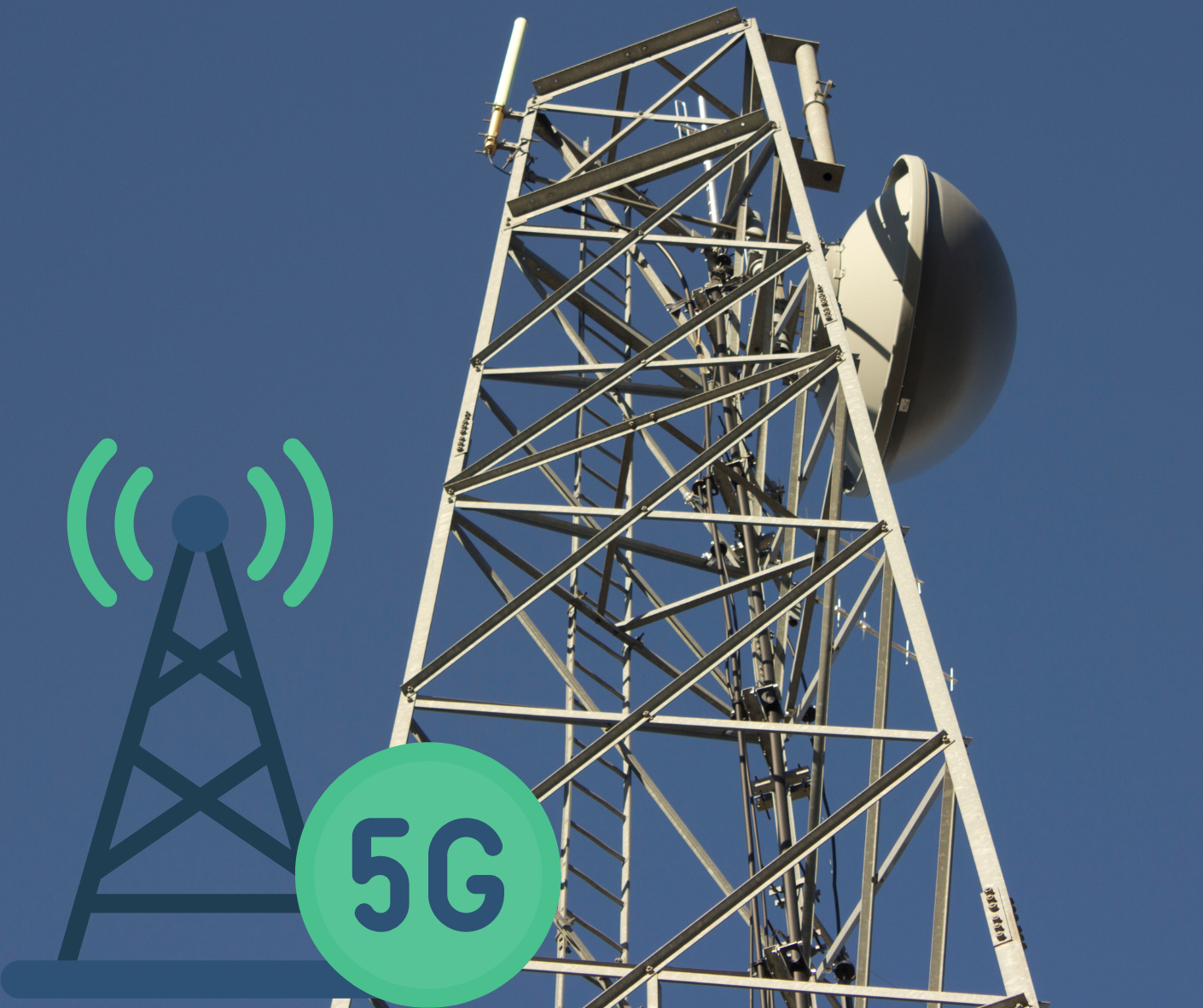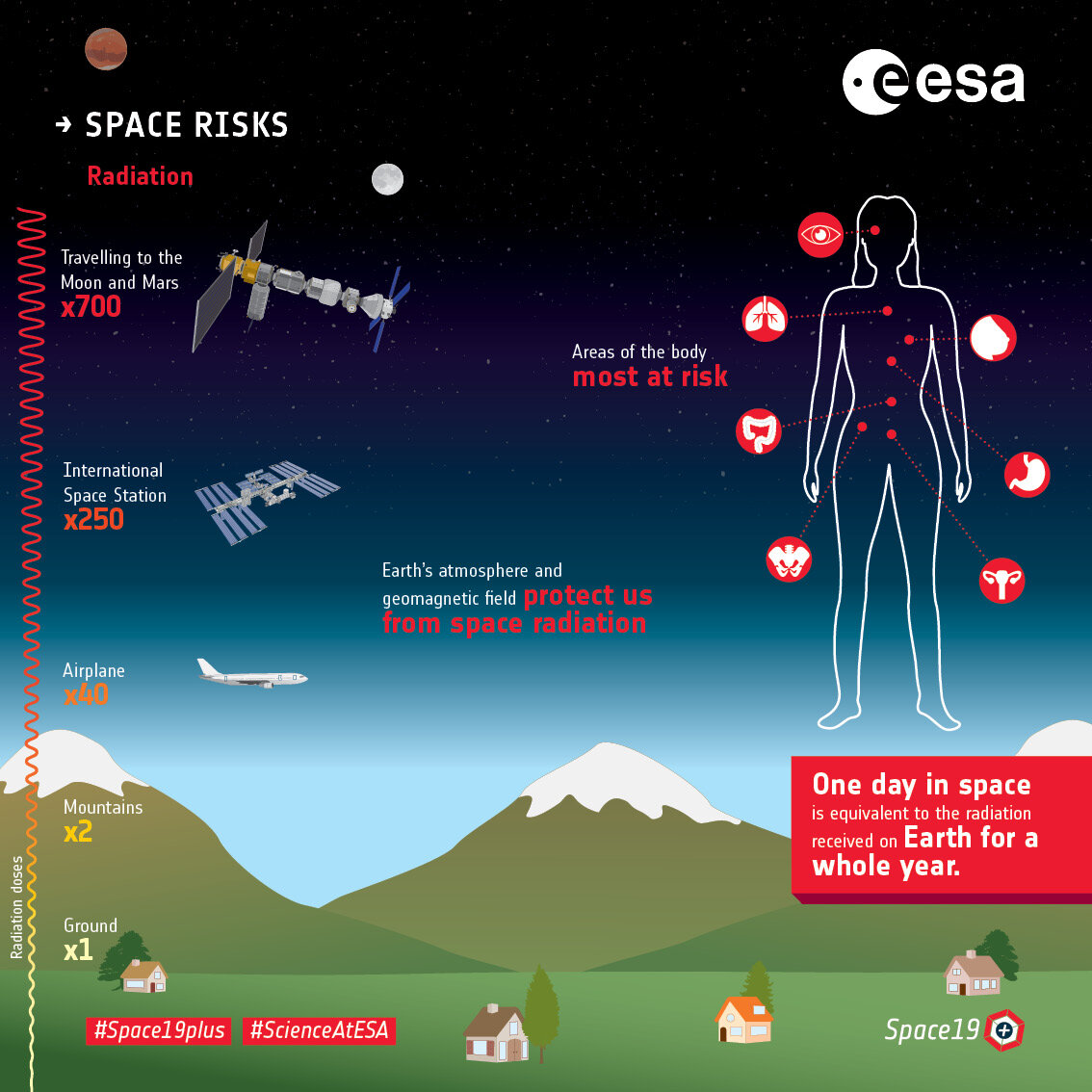In today’s technologically advanced world, it is essential to understand the potential risks associated with radiation and how to mitigate them.
This article provides a comprehensive guide on preventing radiations, encompassing different types of radiation, evaluating risks in your environment Lead partition, implementing protective measures at home, safe usage of electronic devices, and maintaining a healthy lifestyle.
By following these expert-recommended practices, you can reduce the impact of radiation on your well-being and enjoy a safer, healthier life.

Understanding Different Types of Radiation
Different types of radiation, such as alpha particles, beta particles, and gamma rays, differ in their ability to penetrate matter and pose varying levels of risk to human health.
Alpha particles consist of two protons and two neutrons lead sheet supplier Malaysia, making them the heaviest and least penetrating form of radiation. They can be stopped by a sheet of paper or a few centimeters of air.
Beta particles, on the other hand, are fast-moving electrons or positrons that can penetrate a few millimeters of skin or a few centimeters of air.
Lastly, gamma rays are high-energy electromagnetic radiation that can easily pass through most materials. They are often used in radiation therapy to target and kill cancer cells.
Understanding the different types of radiation and their abilities to penetrate matter is crucial in assessing the risk of radiation exposure and implementing appropriate protective measures.
Assessing Radiation Risks in Your Environment
When evaluating the potential dangers of radiation in your surroundings, it is crucial to assess the risks associated with your environment. Measuring radiation levels and detecting radiation sources are essential steps in this process.
To measure radiation levels, you can use devices such as Geiger-Muller counters, scintillation detectors, or dosimeters. These instruments can provide accurate readings of radiation levels in various units such as counts per minute or millisieverts per hour.
Additionally, it is important to identify and locate potential radiation sources in your environment. This can be done through the use of radiation survey meters or handheld spectrometers, which can detect radioactive materials and pinpoint their exact location.
Implementing Protective Measures at Home
Implementing effective protective measures at home is essential in reducing the potential risks associated with radiation exposure. Shielding techniques play a crucial role in minimizing the impact of radiation in our living spaces.
One of the most common shielding techniques is the use of lead-lined walls, which effectively absorb and block radiation. Additionally, incorporating radiation shielding materials such as lead aprons, leaded glass, and lead bricks in vulnerable areas can further enhance protection.
Regular radiation testing is of utmost importance to ensure the effectiveness of these protective measures. This involves using radiation detectors to monitor radiation levels and identifying any potential sources of radiation.

Safe Usage of Electronic Devices
The safe usage of electronic devices is of paramount importance in reducing potential health risks associated with prolonged exposure to electromagnetic fields.
One effective method to minimize exposure to electromagnetic fields is through the use of electromagnetic shielding. Electromagnetic shielding refers to the process of enclosing electronic devices or components in materials that can block or absorb electromagnetic waves. This prevents the waves from escaping or entering the device, thus reducing the level of exposure to electromagnetic fields.
Additionally, it is crucial to limit the overall exposure to electronic devices. This can be achieved by practicing safe habits such as keeping devices at a safe distance, taking regular breaks from device usage, and using devices in areas with good ventilation.
Maintaining a Healthy Lifestyle to Minimize Radiation Effects
Maintaining a healthy lifestyle is crucial in reducing potential health effects associated with prolonged exposure to electromagnetic fields.
In addition to safe usage of electronic devices, incorporating nutritional supplements and regular exercise into one’s routine can further minimize the risks.
Nutritional supplements rich in antioxidants, such as vitamins C and E, can help neutralize free radicals and reduce oxidative stress caused by electromagnetic radiation.
Regular exercise, on the other hand, improves overall health and boosts the body’s natural defense mechanisms. It enhances blood circulation, strengthens the immune system, and promotes detoxification processes, which aid in minimizing the harmful effects of radiation exposure.
Conclusion
In conclusion, preventing radiation exposure requires a comprehensive understanding of different types of radiation and assessing the risks present in our environment.
Implementing protective measures at home, such as using shielding materials and minimizing radiation sources, can help reduce exposure.
Practicing safe usage of electronic devices, such as keeping them at a distance and using hands-free options, is also crucial.
Lastly, maintaining a healthy lifestyle, including a balanced diet and regular exercise, can minimize the harmful effects of radiation on our bodies.

